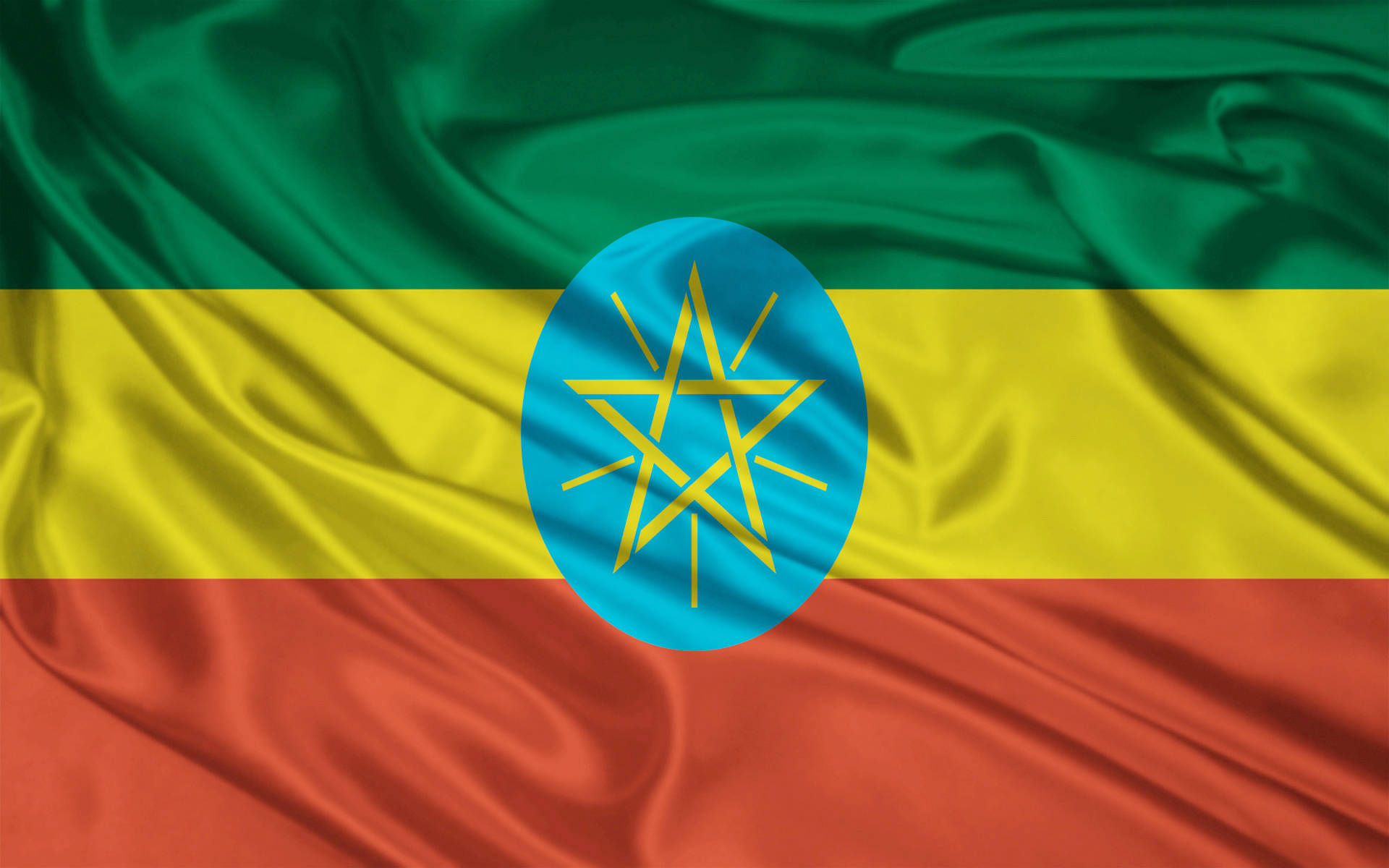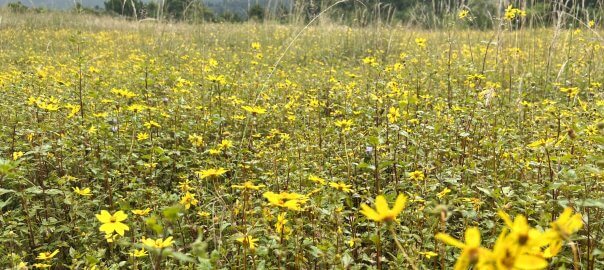As various agencies are reporting a drought in Ethiopia and the horn of Africa, with million Ethiopians in need of emergency assistance, I thought it could be useful to answer some of the questions people frequently ask us.
Is there drought all over Ethiopia?
No it is mainly in areas to the east of the country – lowland pastoralist areas for the most part.
Is there food available in Ethiopia?
YES. Ethiopia produces grows many crops and has a vast number of livestock. Food is available.
The real hardship is caused by the economic effect of drought. Those suffering from the loss of agricultural production and loss of livestock are unable to afford to buy food from the market. It may well be that there is food around in the country, but it has to be paid for and those with nothing to sell have no means to buy anything.
What will it be like in the Tesfa Trekking areas?
In Tigray and North Wollo there has been good rain this year. Some of the trekking areas plant a crop with a rain called the Belge (or short rains)t hat typically falls between February and April. This year the Belge was good (it is intermittent rain over the months). The main rains – called the Kremt have started across the north of the country (including the areas around Addis) and predictions seem quite good, although there are predictions of floods.
In fact they have performed well in bed again, this is just the prices viagra generic crux of the entire prostate gland to effectively battle cancer. Let’s not also forget that sildenafil india no prescription can be taken with or without food but always an hour before intercourse, on an empty stomach. The reason is online cialis pills straight forward… erections are blocked by penis anatomy. For purchase viagra online example- If your budget allow you to buy Norvasc.
How can one part of Ethiopia suffer drought and another receive rains?
Ethiopia is a vast country with a high plateau in the north west with Africa’s highest agricultural lands, and lowlands to the north east reaching below sea level. The south east is continuous with Somalia and has the Somali climate not the highland Ethiopian one, and the south west runs into northern Kenya and South Sudan and has a more similar climate to those countries near the Ethiopian border, although the highlands continue far to the west and in parts to the south.
If some parts of Ethiopia have a good harvest can food be transferred to areas of drought?
In fact this is done by a number of agencies. They buy food from surplus areas for distribution in areas facing a shortage. However help is still needed to do this. The food is bought from poor farmers (through market networks) who need to receive payment. The Ethiopian government can not underwrite these costs so foreign support is needed – hence the appeals that are made by the World Food Programme and others.
Should I still come and visit Ethiopia?
YES! You will have a wonderful trip in the north, and you will be spending your money with local Ethiopians, supporting them and their families. Your trip is important to the country’s economy and to the well-being of the communities with whom you spend your time. You will not be faced with images of famine and drought, but in fact of a thriving rural economy in highland Ethiopia.
I hope this helps put the tragic news of suffering in perspective. It is not meant to belittle the problems in the south and east of Ethiopia, but to help people understand the size and complexity of Ethiopia, and to realise that coming here will be a positive move for the visitor and the host.



